Come Carpentier de Gourdon is currently the Convener of the Editorial Board of the WORLD AFFAIRS JOURNAL, a quarterly publication dedicated to international issues, sponsored by the Kapur Surya Foundation (a co-sponsor of the “World Public Forum for Dialogue of Civilisations”) New Delhi, India.
La seguente intervista è servita alla stesura dell’articolo L’Asia nel mondo postpandemico pubblicato sul sito della rivista Eurasia.
First, a very general question. The mainstream narrative of the CoronaVirus pandemic has always talked about a world that would totally change. What do you think will change and, generally, what do you expect in the future? What will be the next challenges to face?
Our globalised industrial/technologically driven society is too complex to change radically in short order. Certain mandatory precautionary measures and patterns of behaviour will be maintained for some time but many old habits will return fast insofar as they pertain to human nature and are required for a densely populated world.
The most substantial changes may occur in the realm of educational methods, work patterns and, at a deeper level, the monetary/financial/economic system where digitalisation will spread faster while regionalisation alters the character and dynamics of globalisation. Cryptocurrencies and cybermoney will become increasingly prevalent. Bitcoin and the Chinese Cyberyuan are two factors of rising importance in global finance.
Let’ talk about Asia. I believe that the near future belongs to Asia and that the pandemic has only accelerated the Asian “pivot to west” process and exposed the difficulties of the West.
What do you think about it?
(East) Asia is on the rise and that trend will continue at least for some of the countries which can control their internal problems in a changed economic and strategic environment and resist outside pressures from enemies and rivals. However many states such as Pakistan, Bangladesh, Indonesia, Myanmar, Philippines will continue to struggle with major demographic,environmental, cultural, religious and socio-political challenges which may plunge them into long-term turmoil and economic distress. Asia is not likely to be a uniformly prosperous and peaceful area, China nad both Koreas may also experience internal commotions and socio-political unrest.
Now let’s focus on India. How does the country get out of this emergency? Is a new Golden Age ready for India or not?
It is too early to predict how fast and how well India will recover from the current economic slump caused by the anti-COVID 19 lockdown measures and restrictions. Some major rating firms and financial analysts are pessimistic about the country’s short term future. Many sectors of the already sluggish economy have been hit hard and the banks which were burdened with high volumes of NPA are not in a position to help much. The government is trying to stimulate the economy mostly on the supply side but the demand side is depressed and the drying out of foreign investments, foreign remittances from expatriate workers and foreign tourism may not be fully compensated b positive factors such as the low energy prices. India’s economic gwoth may be sluggish for a few years while needed reforms are being carried out to eliminate some outdated crushing adminisitrative and bureaucratic rules and procedures.
In a context where it is however difficult to make reliable forecasts because these are days when uncertainty reigns, one of the dynamics that emerge with certainty is the birth of a new bipolarity between the USA and China.
India is a large country in Asia and in strong growth but it is considered by analists a sort of balance needle between powers in the region.
How will it position itself in the new international context? Will India want to be a just a balancing power or will it want to be a guiding power?
For the time being India can maximise its influence by playing the role of a balancing power between the US, China and other major actors such as Europe, Russia and Japan. New Delhi must resist the pressures from both the US and China to take one side against the other. India, if fully aligned with Washington would lose much of its clout and would attract hostility from China, Iran and even Muslim nations (not to mention large segments of its own population) but India does not want to follow Chinese leadership as some other countries in the region now do.
India is the seventh largest economy and the third largest army in the world. However, it is not part of the Asia-Pacific Economic Cooperation (even though it is the third largest economic force in Asia); nor of the G7 (despite overtaking the GDP of Canada and Italy); nor the Organization for Economic Cooperation and Development (although it emerges among the actors in Asia and Africa); and not even from the International Energy Agency (being one of the greatest consumers); let alone the United Nations Security Council.
What is the reason for this absence from international forums? How should India move to carve out a space worthy of its power? In the next future, in which geopolitical scenarios will India focus?
From independence India espoused an attitude of independence, sought strategic and economic autonomy and shunned military alliances and economic groups. As a result it remained relatively isolated formally as a leader of the Non-Aligned Group which quickly lost its initial vocation as a rather cohesive compact of like minded countries (or rather heads of state). Despite the many changes in its foreign policy and economic system since the end of bipolarity in 1991 India still remains an outlier. It has recently decided not to join the China-centric Regional Comprehensive Economic Partnership (RCEP) and is only loosely associated with ASEAN while the South Asian Association for Regional Cooperation (SAARC) is rather ineffective due to the permanent tug-of-war between India and Pakistan. In essence SAARC is ‘greater India” that was in the British Empire and the smaller nations that were part of it are reluctant to concede India’s naturally hegemonic position. On the global stage, G-20 has now largely replaced the G-7 as the most influential summit-level conclave.
It seems that India is focusing more on Indochina and Southeast Asia , its age-old area of influence, through BIMSTEC and other associations. Whereas it has joined the Shanghai Cooperation Organization a free trade agreement with the Eurasian Economic Union led by the Russian Federation is also on the cards and it seems that as US influence in the Persian Gulf region recedes, India will have an opportunity to play an even more important role in the Arabian peninsula and in adjacent Iraq and Syria where China and Russia are extending their influence. India is a major buyer of oil and gas from that region and has a a vast and critically important diaspora in those states. In this regard the major challenge is to improve relations with both the Arab States in the South (it has ancient and close relations with Iraq, Kuwait, the UAE, Yemen and Oman among others) and Iran in the North of the Gulf.
Another arena of major significance is the Indian Ocean rim countries (IOR), from South Africa to Australia and primarily the island nations of the Arabian Sea and Indian Ocean.
Finally there is a persistent resolve in New Delhi to join the UN Security Council as a permanent member but the hope remains remote as no current permanent member is seriously committed to sharing with any outside state the privilege of sitting at this high table, thereby reducing its own influence. A radical reform of the UN would require a refoundation from tthe bottom up as the system is frozen in place.
At last, please allow me to shift my attention to Europe for a moment. The Mediterranean game is even more important, and the role of Italy even more strategic since Rome and the Mediterranean as never before is the door that opens the way to Europe for the possible new eldorado represented by India, but the Mediterranean it has also shown that it is the gateway to Europe for Asia. Europe will emerge weakened – if not really torn internally – from this pandemic emergency. In this case, would the Asian powers run to his aid or would he help to sink it?
India has strong, long established relations with France and Germany and natural affnities with Italy, apart from its historic connections with Britain, the Netherlands and Portugal. China has made a major strategic push into Europe and is using Greece andI Italy as gateways into the continent for the One Belt One Road project. India has an essential interest in increasing its economic and cultural interactions with Europe and in acquiring technological knowhow from that well developed and still wealthy region which represents a non-threatening alternative to both the US and China but a weaker and poorer Europe will be less capable of collaborating with distant countries and projecting its soft power.. There is also an ideological divide between a resurgent hindu nationalistic India and a mostly liberal, secular Europe where Islamic minorities have growing influence and where there is little sympathy for and understanding of Hindu nationalism that is often seen as hostile to Christianity. This may be a factor particularly in a country like Italy.
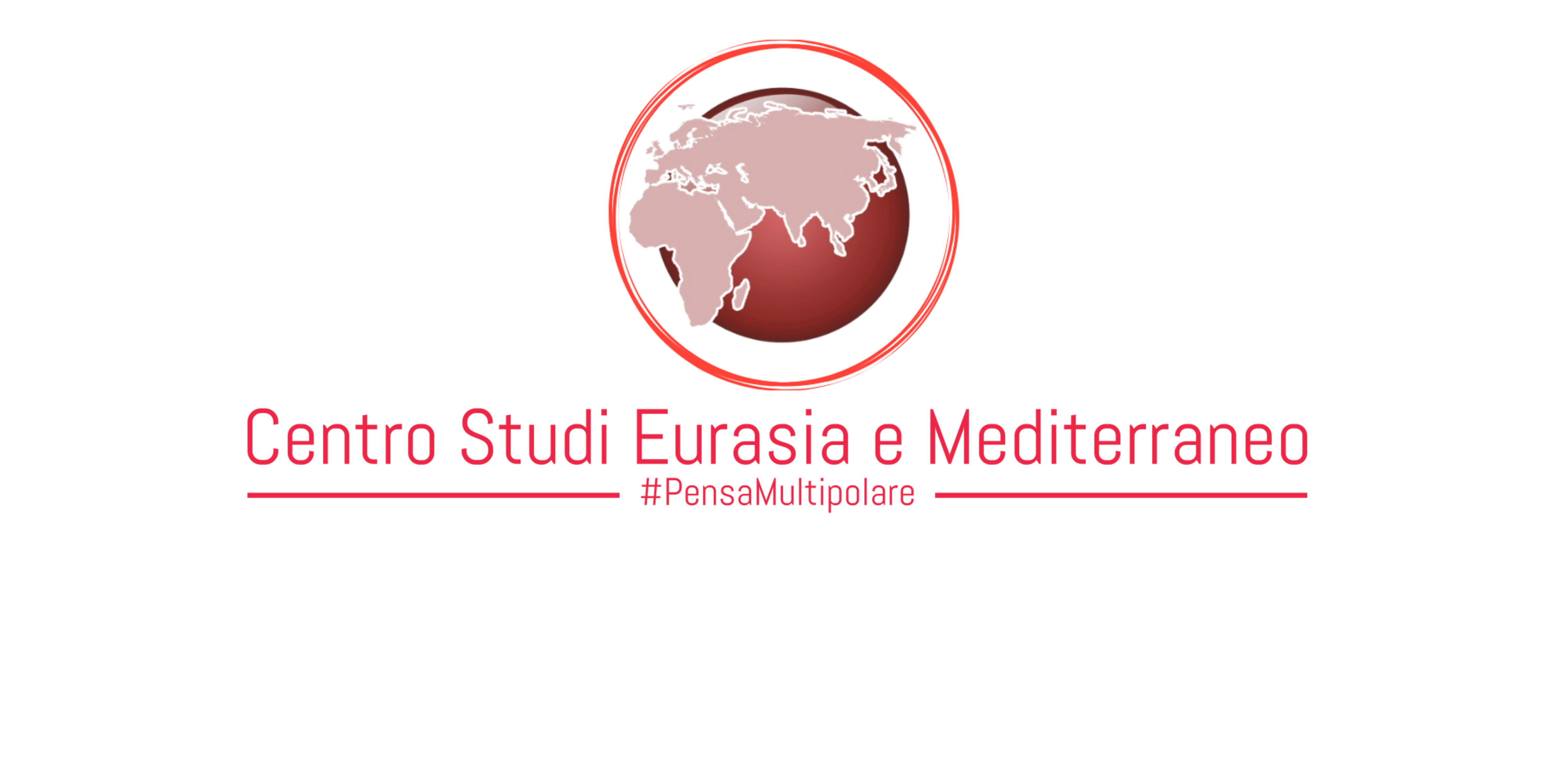



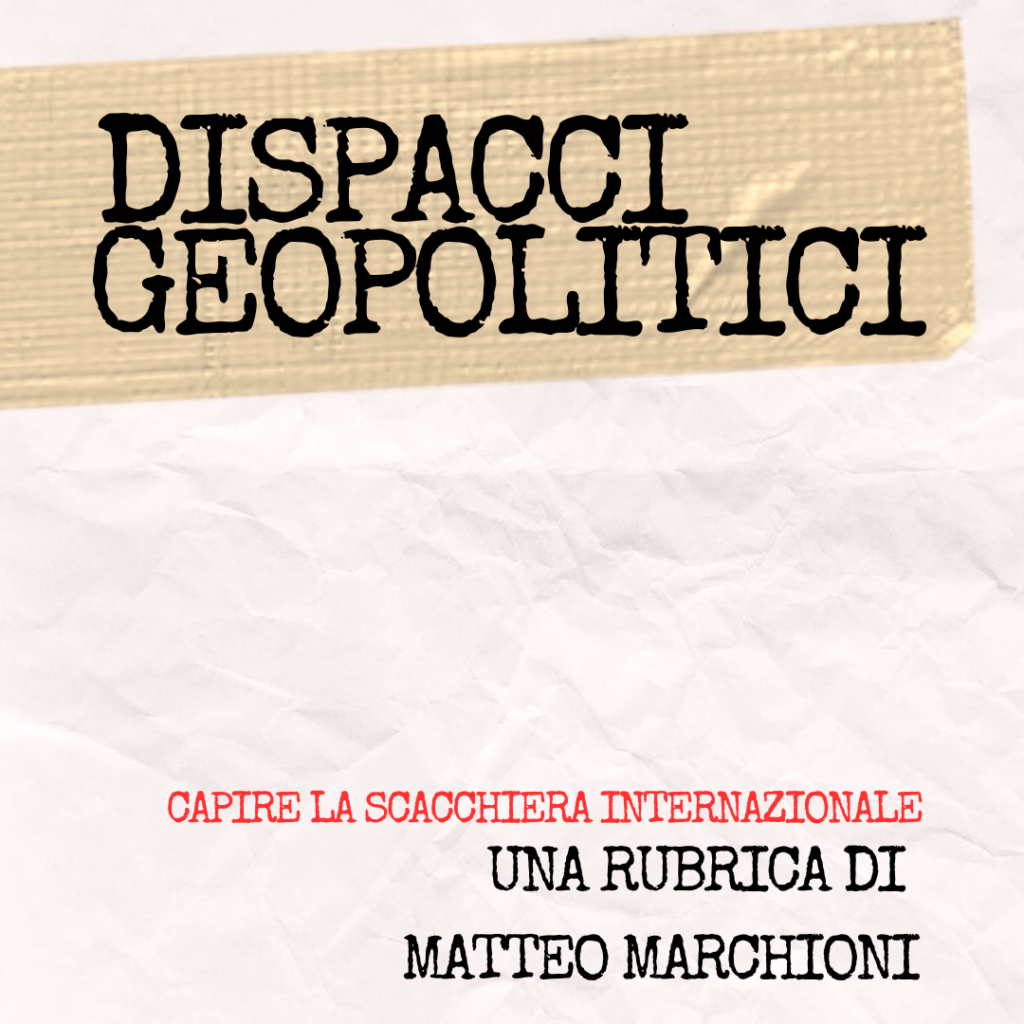
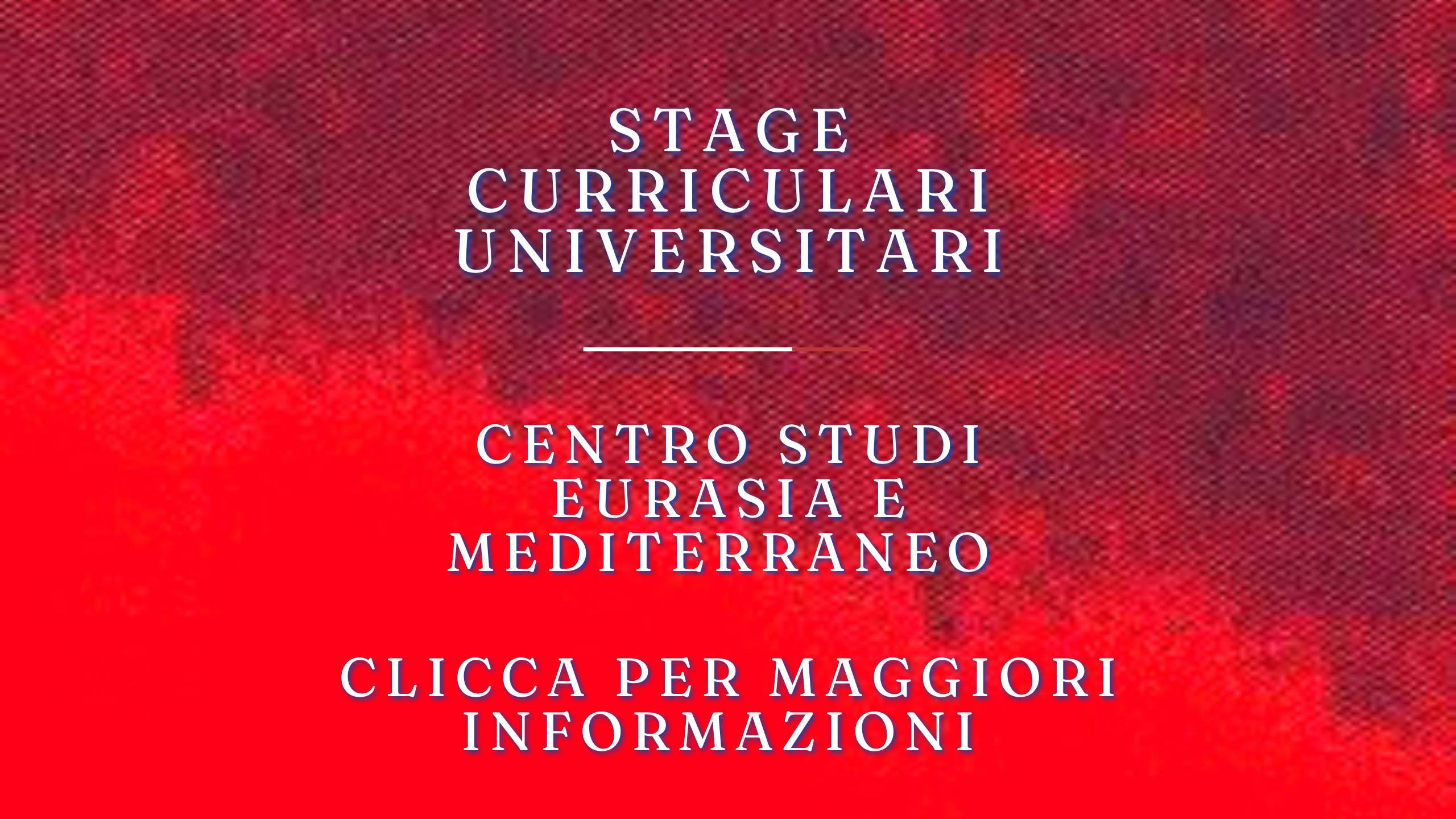
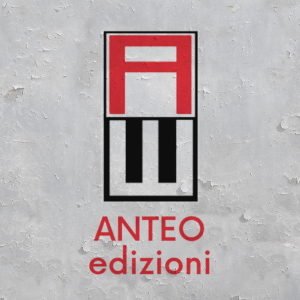
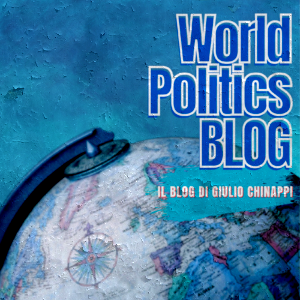
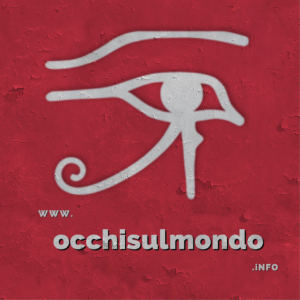





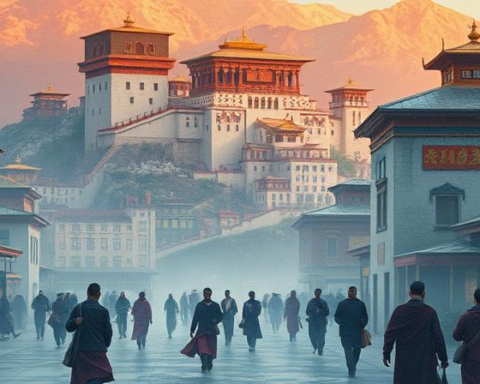



Il CeSE-M sui social